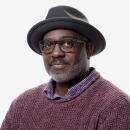âThe Best Man: The Final Chaptersâ centers women and the âmidlife metamorphosisâ
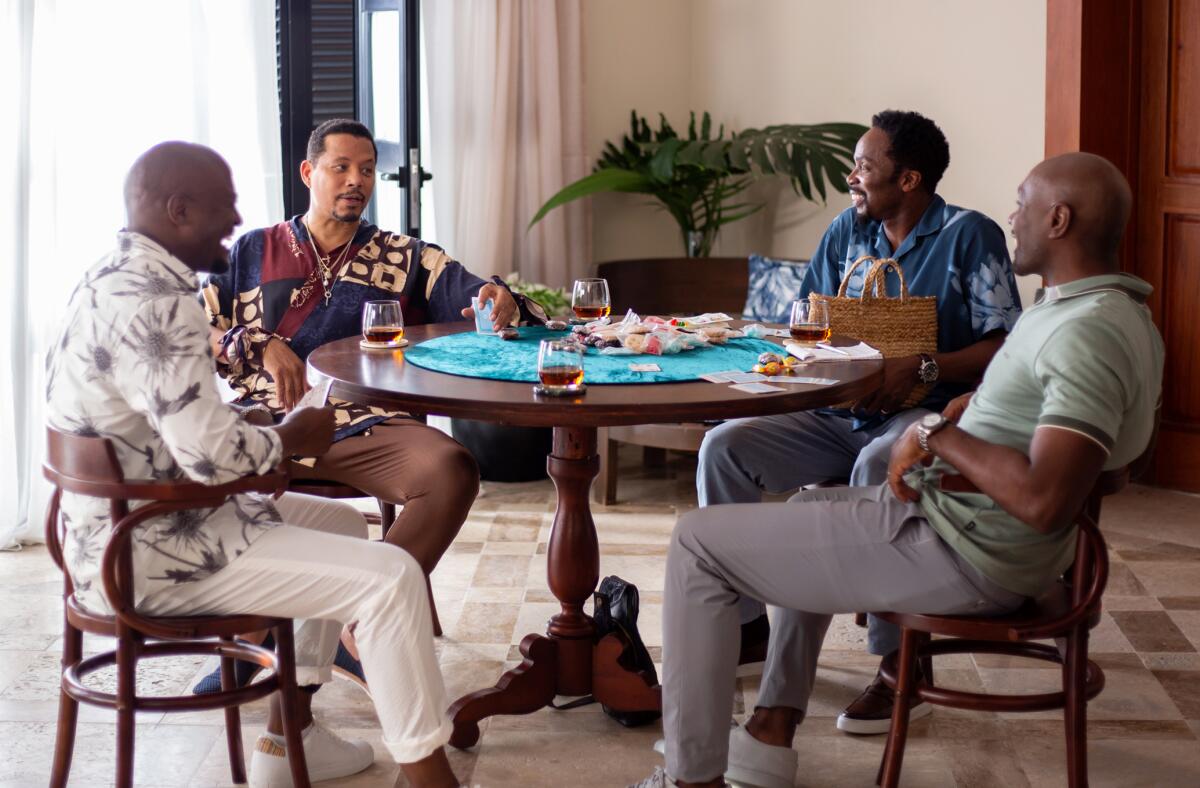
Over the Christmas and New Yearâs holidays, many people participated in nostalgic activities and went to familiar places where they celebrated growing up and growing closer to those around them. Peacockâs âThe Best Man: The Final Chapters,â the series that ends the movie franchise created by director Malcolm D. Lee, couldâve been the cozy socks around the TV fire in the households of certain Black Gen Xers.
Since its launch with 1999âs âThe Best Man,â the actors and characters have grown with their target audience from young adulthood to middle-aged professionals. The relatability of the film and its 2013 sequel, âThe Best Man Holiday,â has led to friend groups identifying which members of their own cliques correspond to characters from the movie.
Is someone a Jordan? Uber capable, ambitious, in charge. A Harper? Artistic, single-minded, career-focused. Or even a Lance? Alpha male dealing with lifeâs changes and raising kids in 2022. The cast includes almost all of the original actors: Morris Chestnut as Lance, Melissa De Sousa as Shelby, Taye Diggs as Harper, Regina Hall as Candy, Terrence Howard as Quentin, Sanaa Lathan as Robyn, Nia Long as Jordan and Harold Perrineau as Murch. The series, which debuted Dec. 22 and takes place a few years after âHolidayâ in the charactersâ timeline, catches up with the cast as relationships evolve and past grievances resurface in what the show is calling âa midlife crisis meets a midlife renaissance.â
âThe impetus for writing âBest Manâ was the opportunity for upwardly mobile, educated, successful or aspirational Black folks â middle-class Black folks â to see themselves reflected on the screen. So I think that the chemistry between the actors and the characters feels very familiar and real and authentic,â says creator, writer and director Malcolm D. Lee. âThey deal with some very real-world feelings, situations and complexities that I think people appreciate. People want to keep revisiting these characters because they know them, they are them, or they have friends that are them.â
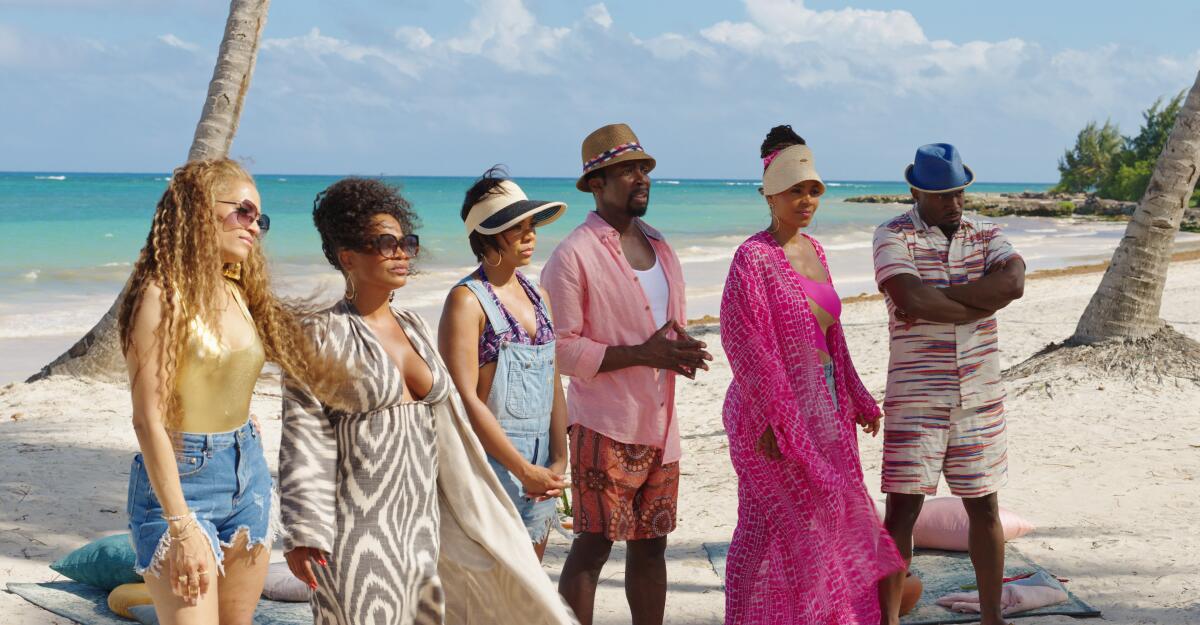
With successful sequels, the conventional thinking is that there must be something new added. Bigger. Better. Different. Even with themes of aging, tolerance with your kids, career transitions and more, a subtle change of storytelling perspective might be the most noticeable difference. Executive producer Dayna Lynne North came into a situation and onto a set that had 20 years of friendship and a couple of successful movies weaved into it. They knew what worked and had insight into their characters that went beyond what was onscreen or on the page. North was a fan of the franchise and had been inspired by its representation of relationships.
âWhen we met, I told [Malcolm Lee] that I very much relate to these characters. I relate to that idea of friends who love each other but can also have those moments of life. âYou get on my nerves, but I still love you,ââ says North. âI remember getting to USC and feeling like I had found my tribe of artsy Black film and theater and art nerds. It was deeply relating to this friend group in âThe Best Manâ ... that they were each otherâs chosen family.â
Despite the love, North did come in with a critical eye. A veteran of television, having worked on series such as âVeronica Marsâ and âInsecure,â North also understood that in the transition from a two-hour feature to an eight-episode series, stories would need to expand. This also gave her and Lee the opportunity to âstep back and, in this iteration of the franchise, [ask] âHow can we open up the womenâs stories?ââ
â[Lee] wanted to write a romantic comedy from a Black manâs point of view. That was the whole reason he wrote âThe Best Man.â Itâs right there in the title, right? He wanted to create it inan era of âLove, Jonesâ and âWaiting to Exhaleâ and those kind of films for men,â says North. âBut for me, coming into it as a Black woman, I had always felt like the women were just counterparts to the menâs story. They rode side saddle, and the women in the franchise, to me thus far â and I think Malcolm would acknowledge the same thing â had kind of been written as bit parts while the menâs stories were centered. And so that was definitely something that I was excited about and something I think he wanted to do as well.â
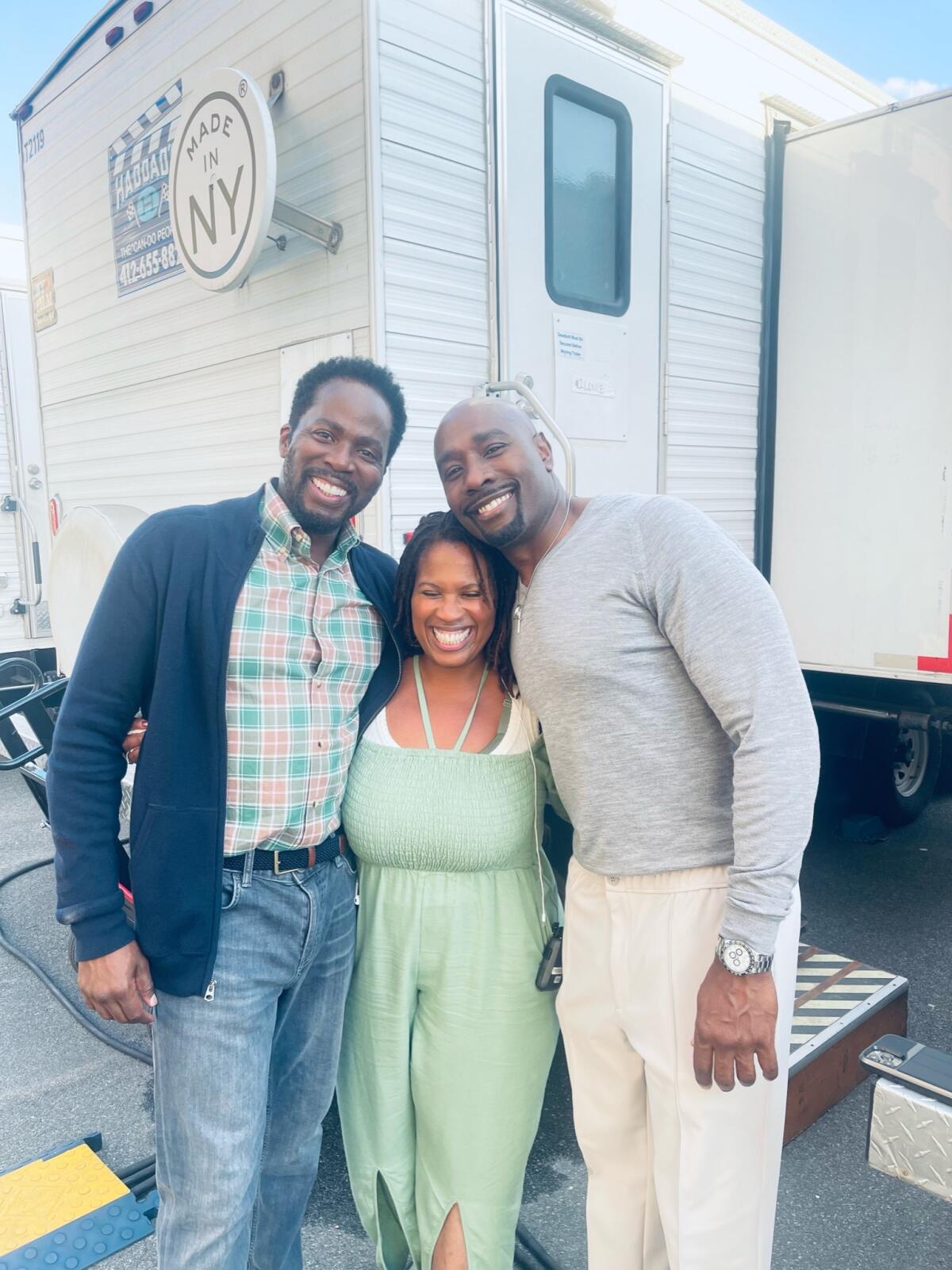
The actors felt the new energy in the storytelling, and Northâs physical presence was also helpful as the show continued to develop during filming.
âIt was really great having her on set. I love Dayna because she was a great new sound in our ears,â says Perrineau. âIâm a little older than the characters. So for me, she brought this real current âIâm in the middle of thisâ kind of perspective that was really helpful for me to dive in and go âOh, OK, I see what you all are dealing with and what youâre feeling, and it all makes sense.ââ
De Sousa also noticed the emphasis on the womenâs story lines, and was a part of making it happen. She approached Lee and expressed that it was âreally important to me this time around that [he] show a full woman, a full human being with all dimensions of light and characterâ for her role.
âI have to have some meat,â she says. âI have to have some emotion. I donât want to just be a funny scene stealer, which is great. Not going to complain about that. But you have to show her heart.â
Besides the focus on women, the series delves into life transitions that affect most people in their 40s and 50s â raising kids/young adults, career adjustments, health concerns and even reevaluating relationships. Each iteration of âThe Best Manâ followed the characters through their growing pains, and âThe Final Chaptersâ will continue that.
âOne of the things that I was excited about was, like, the idea of midlife metamorphosis, because midlife doesnât have to be a crisis, right? It doesnât. I mean, itâs a common clichĂŠ and a well-known phrase, but itâs another coming-of-age for me,â says North.
Chestnutâs Lance encapsulates much of that coming-of-age change that all of the characters are going and have gone through. An aging professional football player, a widower in the process of moving on, and a father trying to understand his son whose gender difference confused him, Chestnut has not only seen his characterâs growing pains, but has watched as the franchise continued to attract fans and become a cult favorite.
âI think the one thing that Malcolm has done very well is present the audience with something that they donât expect, which is really hard in a sequel,â says Chestnut. âA lot of people came to see âThe Best Man Holidayâ and just expected to laugh and have fun â but then they had to deal with death. In âThe Final Chapters,â theyâre not expecting it to end [the way that it does]. So I think Malcolm does a good job, again, of keeping people on their toes.â
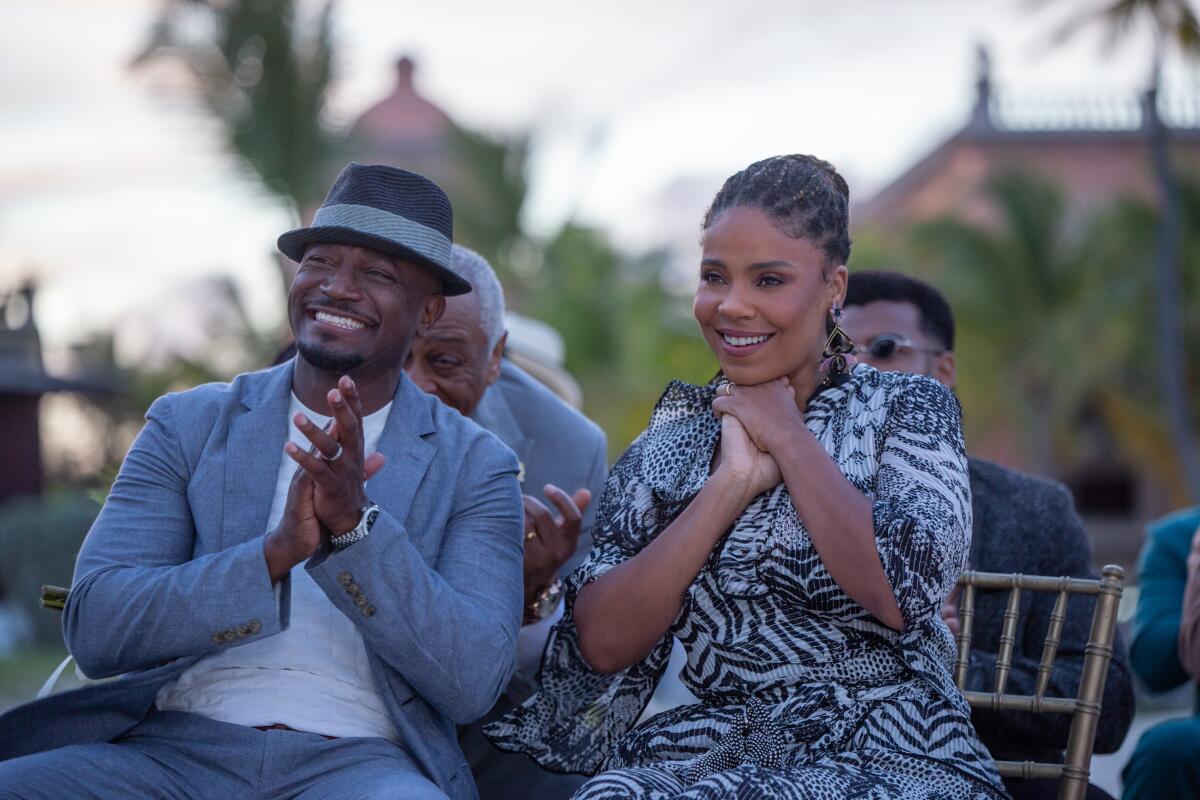
In this era of sequels and prequels and streaming breakouts, itâs unexpected that this would be the end for a franchise that may have been given a bit of new life with the series. Lee has made it clear, though, that this is it for the âBest Manâ cinematic universe. For the creators and cast, the end was, in a word, satisfying.
âWhen I set out to make the show and called it âThe Final Chapters,â it was not like just a catchy name. What I believe, and I still believe it, is that I donât have any more to tell. I guess people may want that, but I think itâs better that you keep people wanting more rather than, as they say in television, jump the shark,â says Lee.
âI guess, as we talked about it in our writersâ room, we wanted to walk away from these characters in a way that felt authentic and in a way that felt satisfying,â says North. âWe wanted to honor what felt right to the characterâs journey and then also what feels right to the story. At a certain point, I think a story, if you listen with your intuition, a story will start to speak to you. And we all did our best to listen and pay attention and find that balance.â
For Perrineau, whose character experienced a big dramatic shift during the series, the end seemed inevitable and was worth it.
âI feel really satisfied with the entire journey from âThe Best Manâ to the end of this thing as âThe Final Chapters.â If we never see those characters onscreen again, I would feel satisfied that we actually did something that was wonderful and relevant.â
âThe Best Man: The Final Chaptersâ
Where: Peacock
When: Any time
Rating: TV-MA (may be unsuitable for children under the age of 17)
_
More to Read
The complete guide to home viewing
Get Screen Gab for everything about the TV shows and streaming movies everyoneâs talking about.
You may occasionally receive promotional content from the Los Angeles Times.



